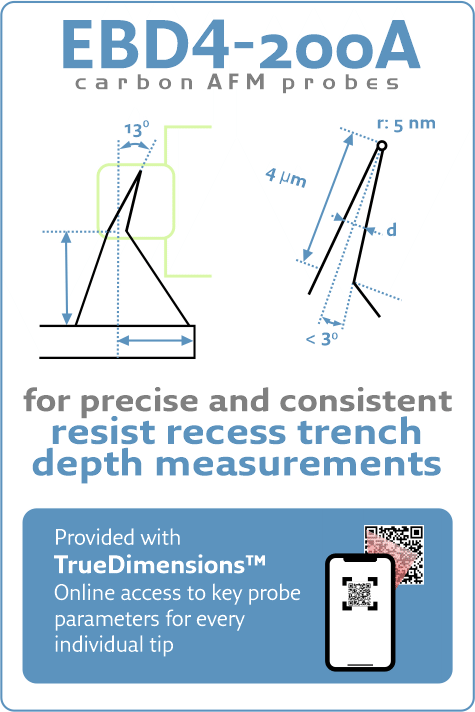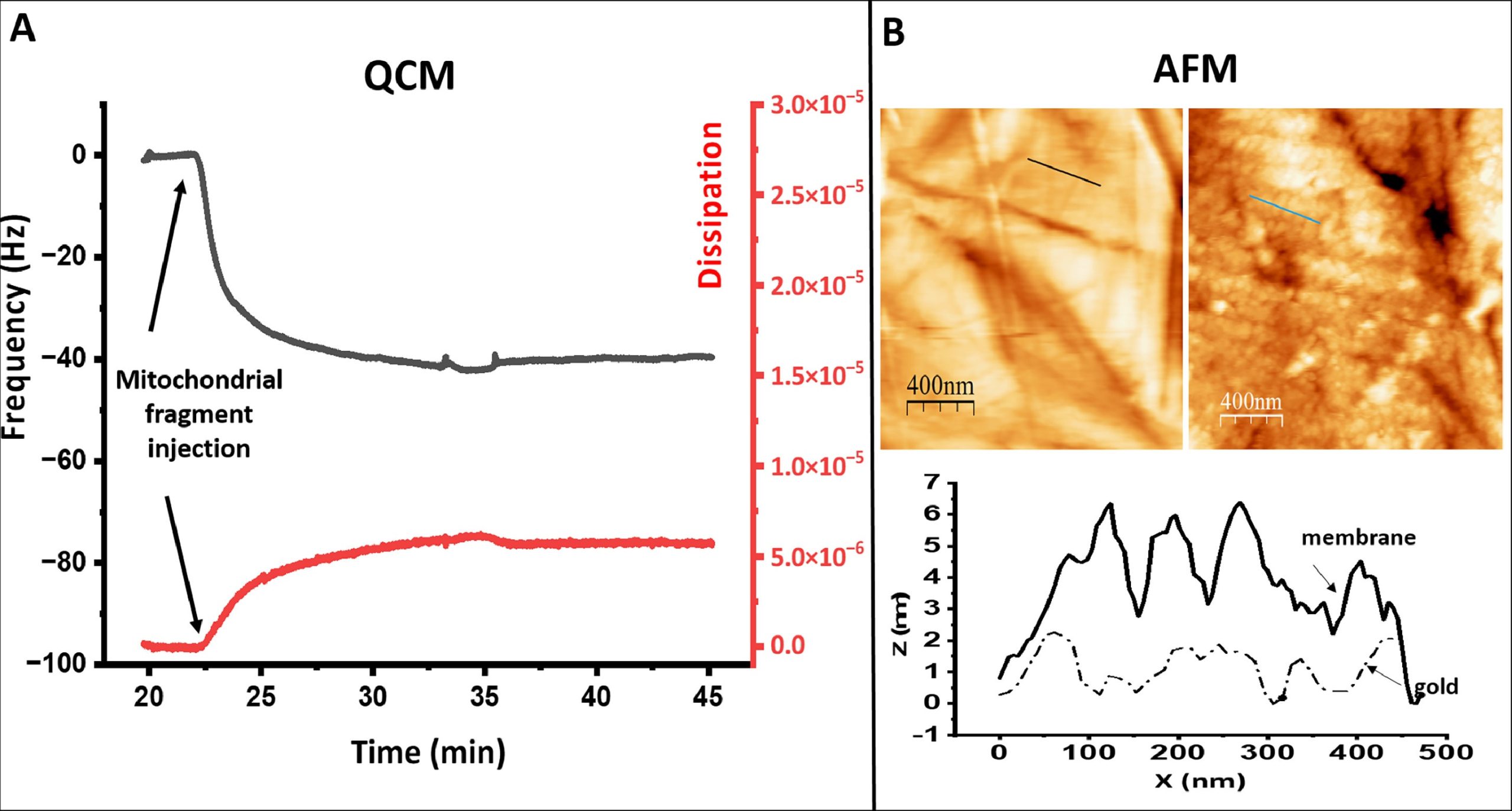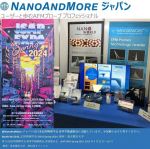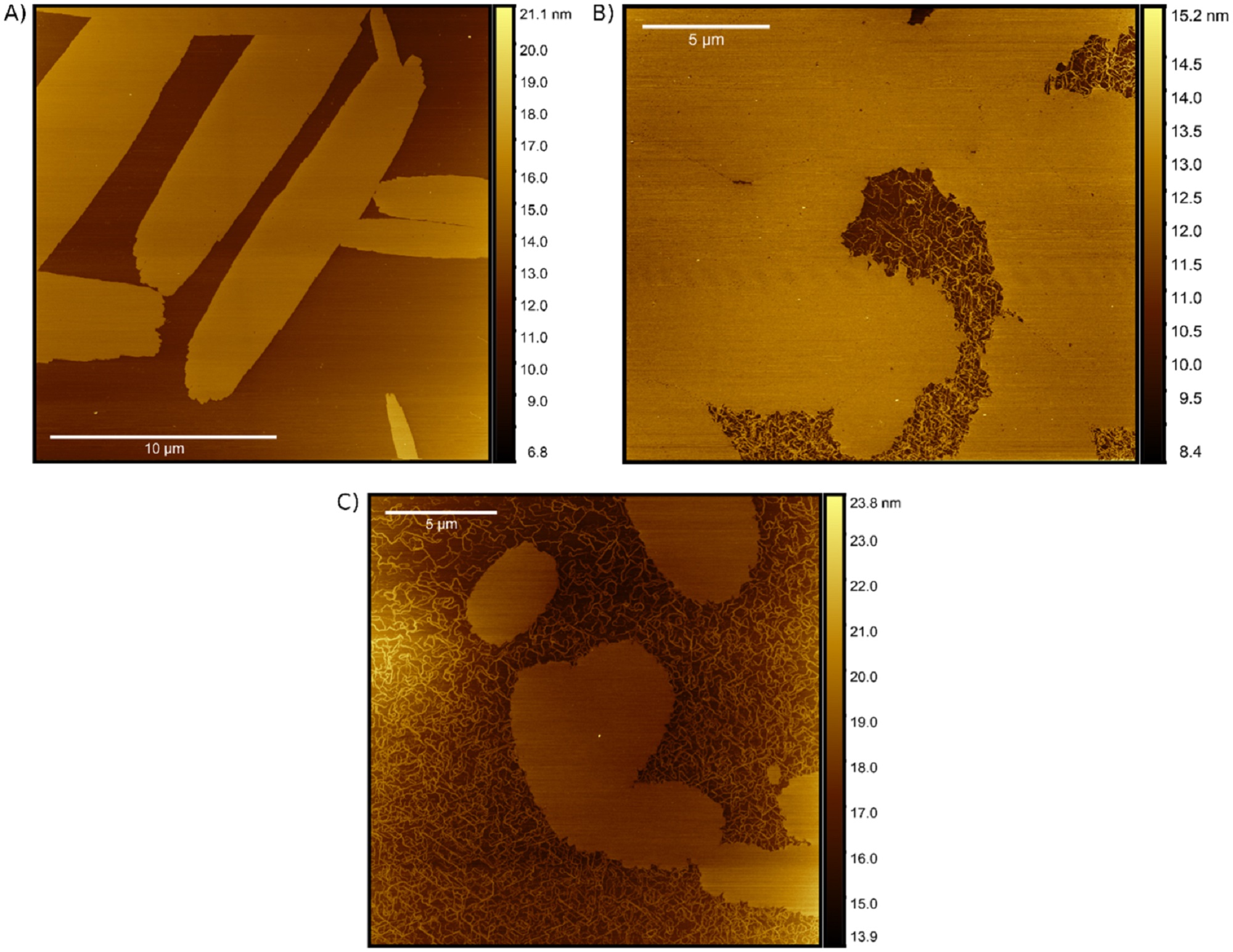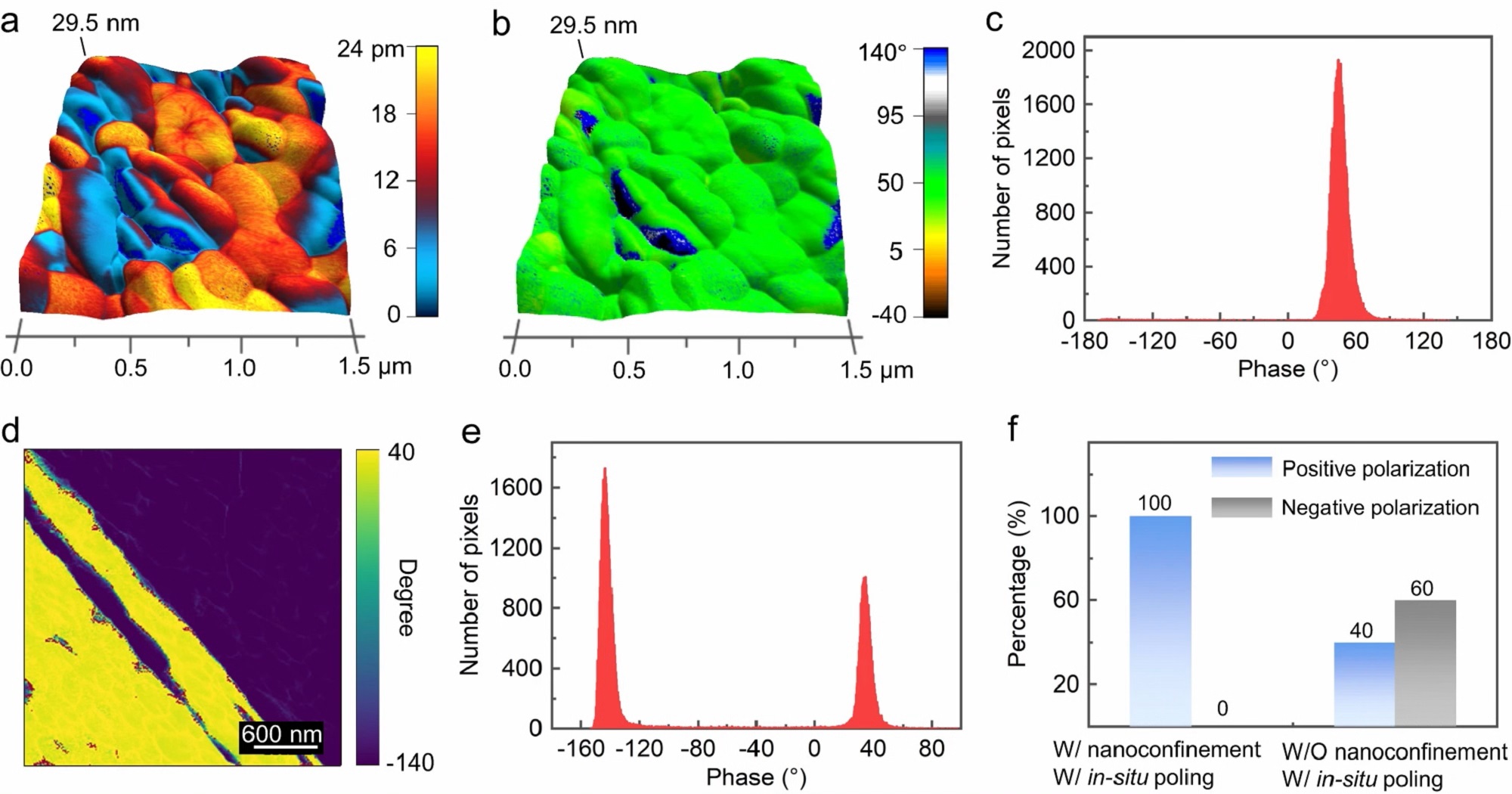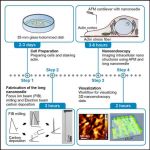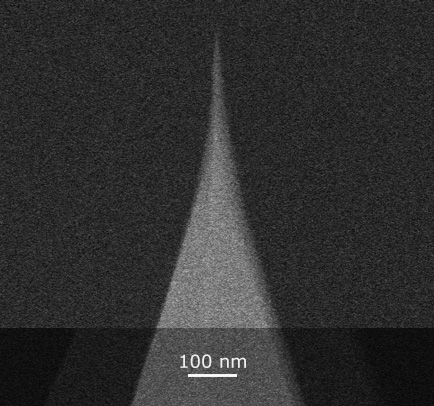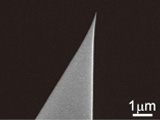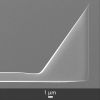#Graphene is one of the most extensively studied
#2Dmaterials, exhibiting extraordinary mechanical and electronic properties. *
Although many years have passed since its discovery, manipulating single graphene layers is still challenging using standard resist-based lithography techniques. *
Recently, it has been shown that it is possible to etch graphene directly in water-assisted processes using the so-called
#FocusedElectronBeamInducedEtching (
#FEBIE), with a spatial resolution of ten nanometers. *
#Nanopatterning graphene with such a method in one single step and without using a physical mask or resist is a very appealing approach. *
In the article “Graphene removal by water-assisted focused electron-beam-induced etching – unveiling the dose and dwell time impact on the etch profile and topographical changes in SiO2 substrates “ Aleksandra Szkudlarek, Jan M. Michalik, Inés Serrano-Esparza, Zdeněk Nováček, Veronika Novotná, Piotr Ozga, Czesław Kapusta and José María De Teresa describe how, during the process, on top of
#graphenenanopatterning, they found significant morphological changes induced in the SiO2 substrate even at low electron dose values (<8 nC/μm2). *
They demonstrate that
#grapheneetching and topographical changes in SiO2 substrates can be controlled via electron beam parameters such as dwell time and dose. *
The feasibility of water-assisted FEBIE, available on scanning electron microscopes operating in low-vacuum mode, makes the method very promising for prototyping various optical/electronic devices based on graphene. *
In their article, Aleksandra Szkudlarek et al. show that with certain precautions water-assisted FEBIE can be applied for such a nanopatterning process. *
The experimental data obtained with scanning Raman spectroscopy, correlative probe and electron microscopy, and in situ AFM measurements provide a comprehensive image of FEBIE etch profiles. *
The
#AFMinSEM approach allowed for in situ analysis.
Thus, the graphene could be modified and immediately measured by AFM without changing the environment. *
The analysis was performed by using the tapping mode and the NANOSENSORS™ Akiyama probe (a tuning fork based self-sensing and self-actuating
#AFMprobe, A-Probe)
Please have a look at the NANOSENSORS blog for the full citation and a direct link to the full article.

